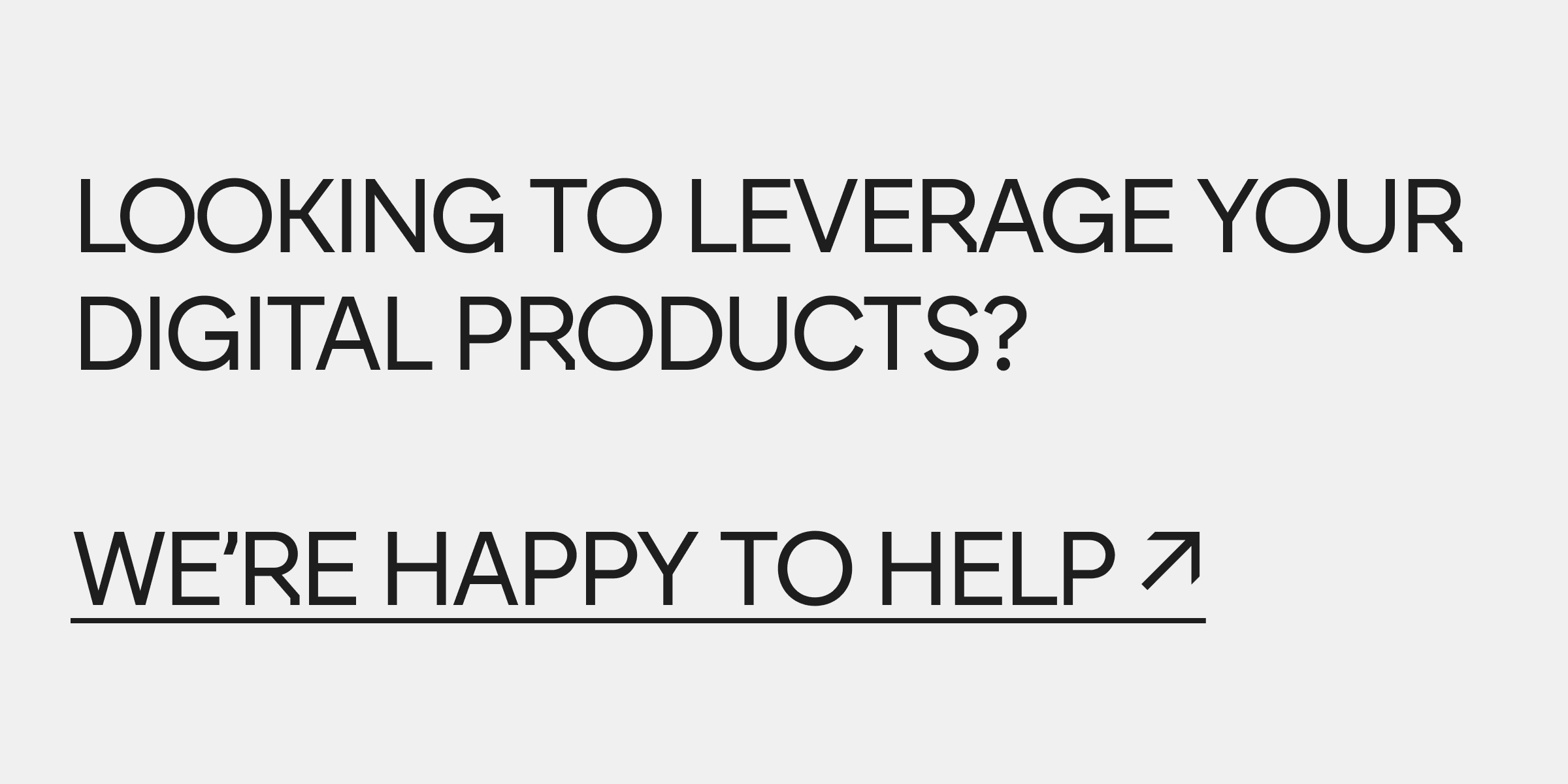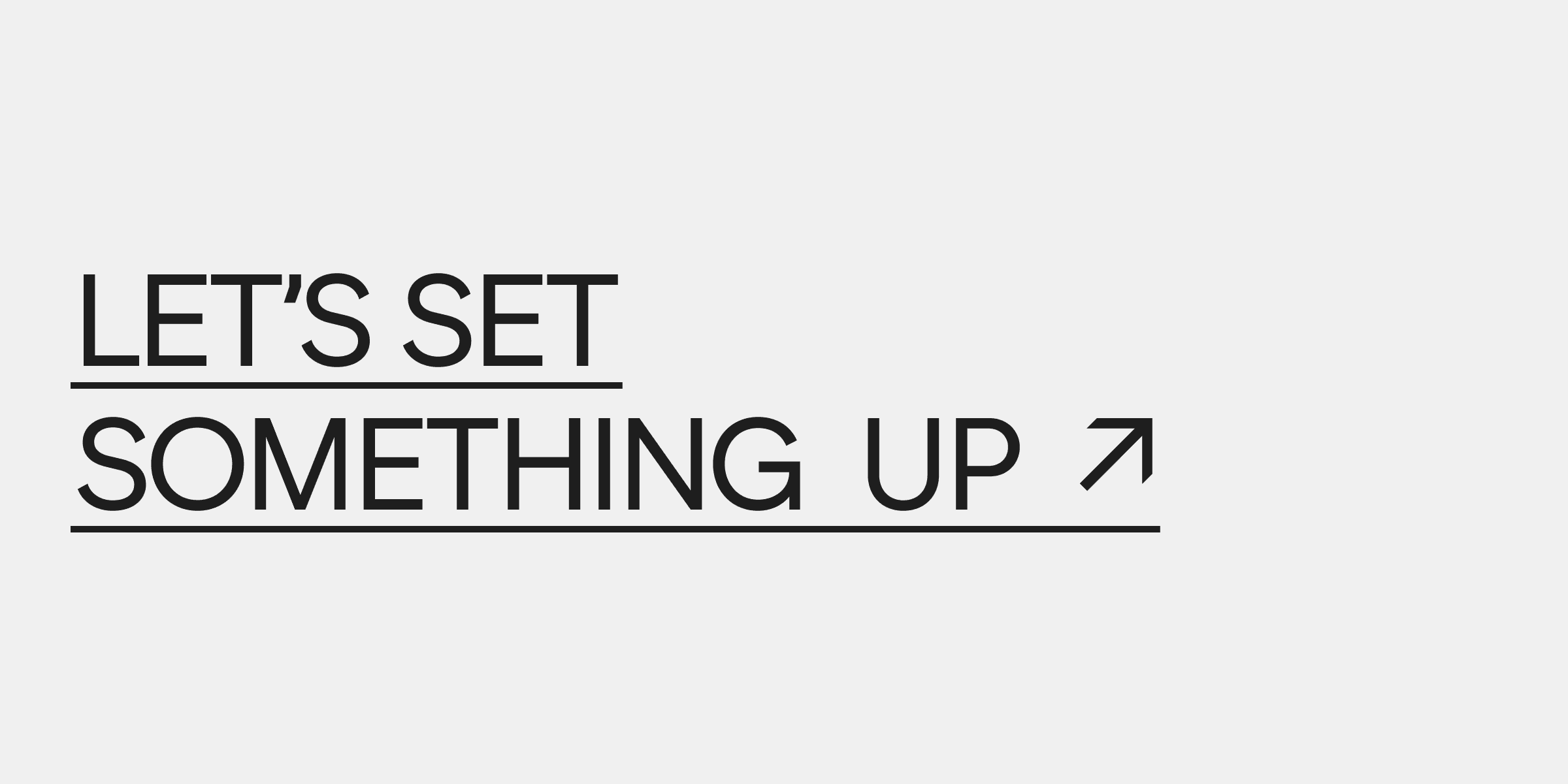Clear communication is crucial in every initiative, including a collaboration between a business owner and a designer. Better communication can have a significant impact on products, processes, and partnerships. When it’s present, it can bring about order, directness, and precision. When it’s not there, its lack can cause chaos and misunderstandings. With that in mind, it’s safe to say that effective communication can mean the difference between success and failure, whether you’re launching a new product, improving a process, or forming a new business relationship.
Without clear communication, it’s likely that misunderstandings, confusion, and wasted effort will derail the entire project, leading to negative outcomes and dissatisfied stakeholders, ultimately causing you to lose precious time and resources. When everyone involved in a project knows what is expected of them, what their goals are, and how they can contribute, they are more likely to work efficiently and collaboratively, resulting in a more successful outcome.
In this article, we will delve into the importance of clear communication in business and digital design, as well as explore how it can improve products, processes, and partnerships during the product development process.
What is Good Communication?
Good communication is the key to any relationship whether personal or professional. It’s the exchange of information, ideas and thoughts between individuals or groups in a clear, concise and respectful way. Good communication is not just about conveying information but also about listening actively, understanding others needs and perspectives and responding accordingly. Good communication involves both verbal and nonverbal cues, body language, tone of voice and facial expressions. It’s essential for building trust, resolving conflict and business success.

Developing Effective Communication Skills
Developing good communication skills takes practice, patience and dedication. Here are some tips to help you improve your communication skills:
- Listen actively: Pay attention to the speaker, make eye contact and ask clarifying questions to ensure you understand the message.
- Use simple language: Don’t use jargon or technical terms that your audience may not be familiar with.
- Be aware of your nonverbal cues: Make sure your body language, tone of voice and facial expressions match your message.
- Use written communication effectively: Use simple language in your emails, reports and other written communication.
- Seek feedback: Ask others for feedback on your communication style and be open to constructive criticism.
By focusing on these areas you can develop good communication skills that will improve your interactions and your overall success.
How To Achieve Clear Communication
To achieve clear communication, there are several essential elements that should be kept in mind. First, the purpose and business value of the product you’re working on should be clearly defined and communicated to the team. Additionally, consistency in communication is key, including using the same language, definitions, and terms throughout the project.
Active listening is also important, as it allows team members to communicate effectively and understand each other’s perspectives and concerns. It involves giving the speaker your undivided attention, maintaining eye contact, and asking questions to clarify understanding.
Feedback is another crucial aspect of clear communication. It should be given and received regularly, and with honesty. Documenting decisions, delegating tasks, and planning next steps in a way that is accessible to the entire team is also essential.
Finally, it is important to be flexible in your communication style and adjust it to the needs of your team members. By doing just that and all of the things listed above, you can ensure that your team works together effectively towards a shared goal.
You can read more about the importance of communication in product development here.

It’s Important To Be on the Same Page
Effective workplace communication ensures that everyone involved in the development process is on the same page when it comes to the product’s goals and features. It helps to identify potential issues early on, which means they can be addressed before they become bigger problems.
When the project’s objectives and forecasts are clear, each stakeholder can work towards a shared objective, avoiding unnecessary revisions and work that could cause expensive delays. To sum up, when everyone involved in a project has a clear understanding of what is expected of them and what they are working on, they are more likely to deliver products on time and on budget.

Create Relevant and High-Quality Products Faster
In the product development process, clear communication is vital from the initial ideation phase to the final product launch. By enabling open and transparent communication and leveraging good communication skills, teams can collaborate more effectively, resulting in a better end product.
Read also: Top Challenges of Creating and Launching a Digital Product
This is because a product development project is a complex, multi-stage process that involves numerous stakeholders, including designers, developers, project managers, and clients. Without clear communication, these different parties may get lost while having different visions and ideas for the product. This, with a high degree of probability, might finally lead to confusion and a lack of alignment.
However, with effective communication, the team can work collaboratively to ensure that the product meets all the necessary requirements and hand over a first-rate end result satisfying all stakeholders and fulfilling the relevant business needs.
Improve Key Processes With Ease
Crystal clear communication enhances responsibility by ensuring that team members understand their roles and responsibilities and are held accountable for meeting them. Nonverbal communication, such as body language and facial expressions, also plays an invaluable role in ensuring that team members understand their roles and responsibilities. When everyone in the team and departments understands their part and duties, the process can run smoother and more productively. It can also reduce the impact of errors, which are an inherent human factor in any collaborative undertaking.
Moreover, it helps decision-making by providing a common understanding and shared data for team members to make informed decisions. It also promotes transparency by fostering open dialogue and trust within the team.
Stay Flexible and Quickly Adapt to Changes
It’s also worth noting that taking care of clear communication can help you respond to change. Poor communication can lead to misunderstandings and delays, making it difficult to respond to changes effectively. Obviously, in today’s rapidly changing business environment, it’s essential to be able to respond quickly to new challenges and opportunities.
Clear information exchange can help you do this by ensuring that everyone involved in a product development process is aware of any changes in requirements or priorities. This, in turn, can help you to adjust your plans and resources as needed, together with saving time and effort on tasks that are relevant.

Overcoming Communication Challenges
Effective communication is not always easy, and there are many challenges that can arise. Here are some common communication challenges and tips for overcoming them:
- Language barriers: Use simple language and avoid technical terms that may be unfamiliar to non-native speakers.
- Cultural differences: Be sensitive to cultural differences and adapt your communication style accordingly.
- Technology: Use technology to facilitate communication, but also be aware of its limitations and potential distractions.
- Conflict: Use active listening and empathy to resolve conflicts and improve communication.
By recognizing and addressing these challenges, you can communicate more effectively and build stronger relationships with your team and stakeholders.
Build Trust and Establish Strong Partnerships
Communicating effectively with team members and stakeholders can help to build trust, gain respect and establish strong, supportive, and long-lasting relationships. When both parties have a clear understanding of expectations and requirements, they are better equipped to work together and achieve their shared goals.
Collaboration is critical to success in any project or initiative, and clear communication is essential to foster it. When the whole team takes care of communication quality and mutual understanding, they are more likely to cooperate well and avoid conflicts. As a result, it can improve team morale and the level of internal motivation.
Build Trust and Establish Strong Partnerships for Business Success
Communicating effectively with team members and stakeholders can help to build trust, gain respect and establish strong, supportive, and long-lasting relationships. When both parties have a clear understanding of expectations and requirements, they are better equipped to work together and achieve their shared goals.
Collaboration is critical to success in any project or initiative, and clear communication is essential to foster it. When the whole team takes care of communication quality and mutual understanding, they are more likely to cooperate well and avoid conflicts. As a result, it can improve team morale and the level of internal motivation.
Creating a Culture of Open Communication
Creating a culture of open communication is essential for effective communication in the workplace. Here are some tips for creating a culture of open communication:
- Encourage feedback: Encourage employees to provide feedback and suggestions on how to improve communication.
- Foster a positive work environment: Create a positive work environment that encourages open communication and collaboration.
- Use multiple communication channels: Use multiple communication channels, such as email, meetings, and team-building activities, to facilitate communication.
- Lead by example: Leaders and managers should model open communication and encourage others to do the same.
By fostering a culture of open communication, you can create a more collaborative and productive work environment.
Improve Client Satisfaction With Active Listening
Effective workplace communication can also improve client satisfaction. When business partners have an explicit understanding of what they can expect from your side, they are more likely to be satisfied with their experience. Other than that, transparent communication can help to ensure that all occurring complaints are handled promptly and adequately, which can help you gain positive reviews and improve your reputation.
Measuring the Impact of Communication
Measuring the impact of communication is essential for evaluating its effectiveness and identifying areas for improvement. Here are some ways to measure the impact of communication:
- Employee engagement: Measure employee engagement and satisfaction to evaluate the effectiveness of communication.
- Productivity: Measure productivity and efficiency to evaluate the impact of communication on work processes.
- Customer satisfaction: Measure customer satisfaction to evaluate the impact of communication on customer relationships.
- Business success: Measure business success, such as revenue and profitability, to evaluate the impact of communication on business outcomes.
By regularly measuring the impact of communication, you can identify areas for improvement and ensure that your communication strategies are contributing to your overall business success.
Make Clear Communication a Top Priority
In conclusion, clear communication is critical for success in any business or partnership. By ensuring that everyone involved in a project has a clear understanding of what is expected of them, what the goals are, and how they can contribute, you can avoid costly mistakes, improve collaboration, respond to change, strengthen partnerships, and improve your business partners' satisfaction.
All in all, it is essential for teams to prioritize effective communication throughout the entire product development process. So, take the time to communicate clearly and effectively. It will pay you back with a great product, a smooth process, and fruitful partnerships.







